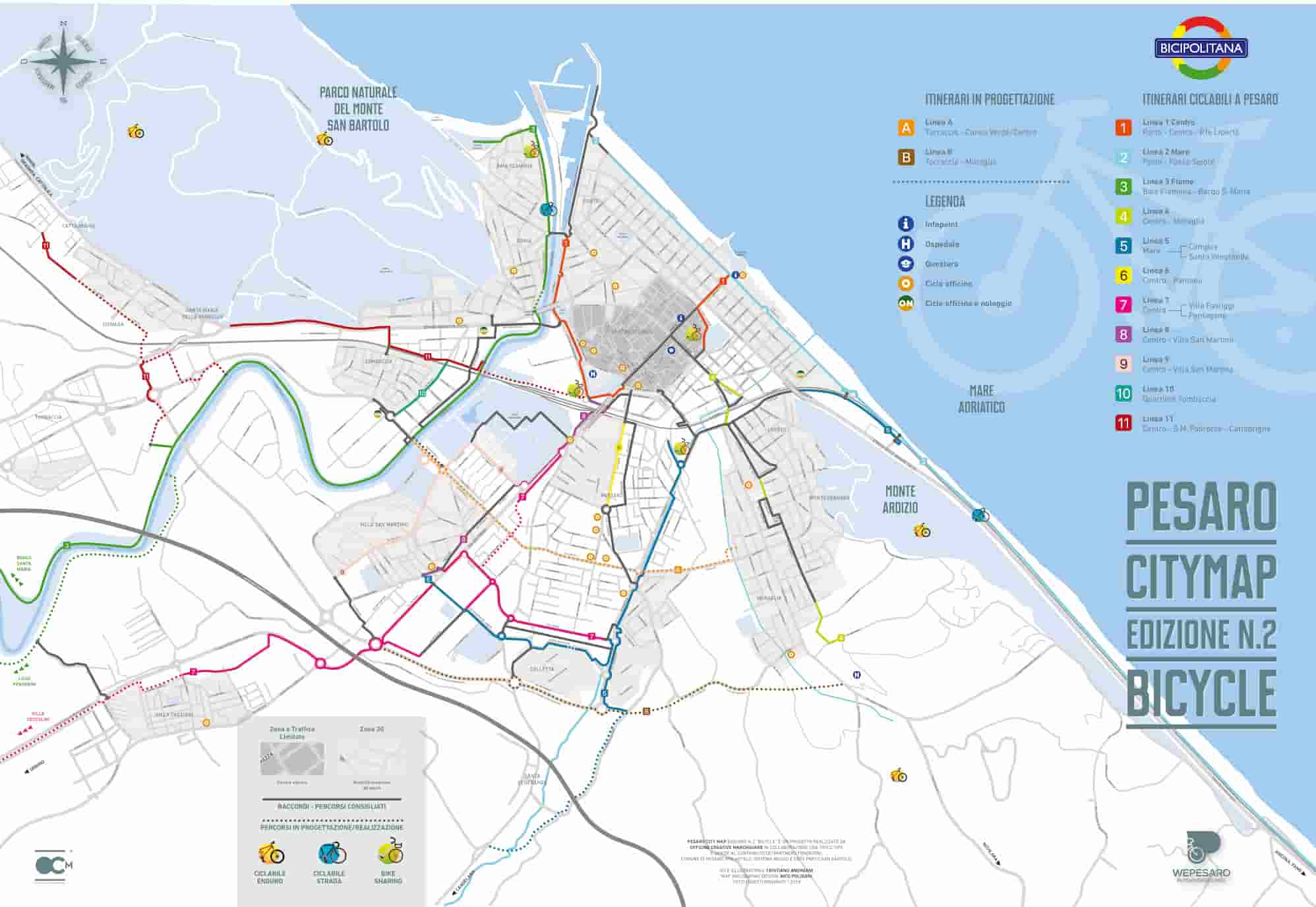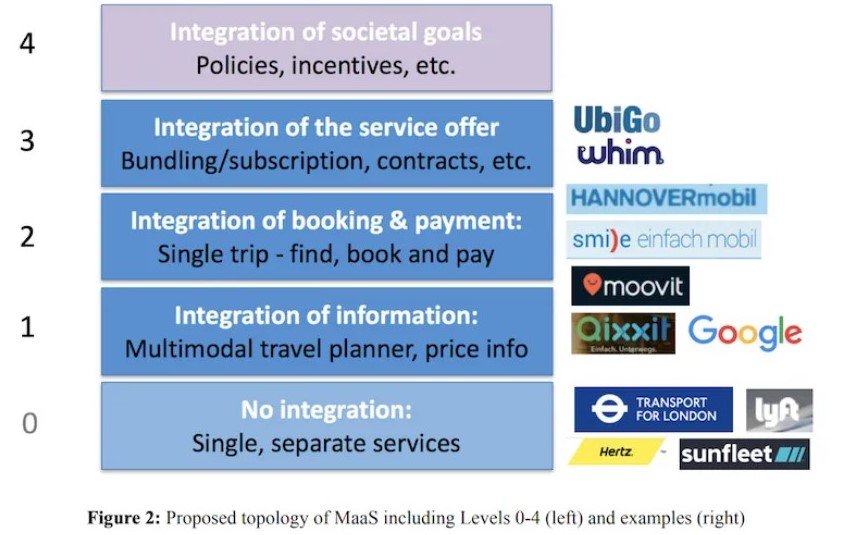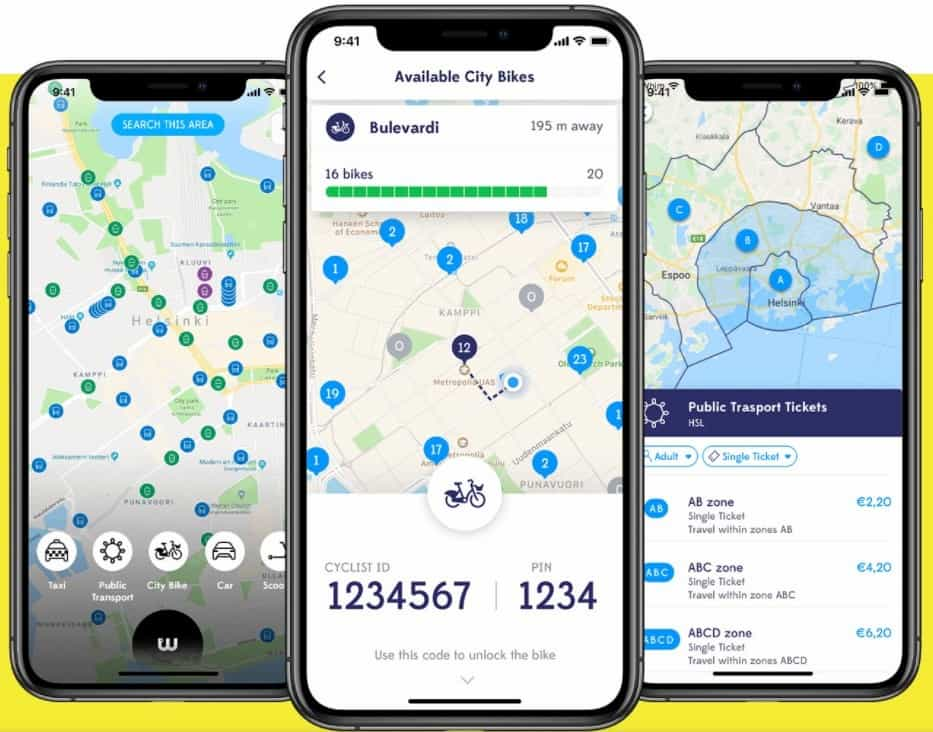How data sharing is shaping the future of mobility
In the relaxing seaside town of Pesaro, central Italy, moving around has never been more convenient – nor more sustainable. Imagine looking for a parking spot, paying for the actual time you occupied it, renting a bike, finding your way through the Bicipolitana – through just one app.

In the relaxing seaside town of Pesaro, central Italy, moving around has never been more convenient – nor more sustainable. Upon arrival, you can park your car a few kilometres from the centre and pay for the exact time of your stay- rather than by the hour- through the practical Phonzie app. You can then jump on the closest Movi bike and go sightseeing via the Bicipolitana, an 80km-long cycling pathway that mimics a subway network. And if you want to visit the nearby Renaissance town of Urbino, you can check the bus schedules and buy your ticket through the local operator’s or the European MyCicero app.
Sounds smart, right? Now imagine doing all of this– looking for a parking spot, paying for the actual time you occupied it, renting a bike, finding your way through the Bicipolitana – through just one app. This is what Mobility as a Service (MaaS) is about.

A data-driven mobility paradigm
The vision behind MaaS is ambitious: connecting all publicly available modes of transport so well that they result more convenient than owning a car. The idea is to be able to access all mobility services of a city, region or country (public transport, traditional taxis, bike sharing, car sharing, ride sharing, ride hailing, micromobility, Demand-Responsive Transport, smart parking, even flights) through a single digital platform- a multimodal mobility app. But how to centralize the trip planning, booking, ticketing and payment functions for so many different mobility services? With open data of course!
Multimodal mobility apps “plug” services into their platform via APIs, which transport operators provide to make their data available to third parties. Many public transit companies already share their data in open standards like GTFS, and a rising number of private mobility companies are following suit. To develop a really integrated solution, however, MaaS also needs access to data from others actors in the mobility ecosystem: payment processors, telecom operators, local authorities and, of course, users. Depending on their degree of integration, Sochor et al. classifies MaaS solutions in four levels:
- Travel planning: it calculates the time and cost of your journey from end-to-end, accounting for your mobility preferences, actual vehicle availability, and real-time traffic conditions, but doesn’t allow you to book or pay for the services
- Booking and payment: it allows you to plan, book and pay for your trip by charging you an aggregate fare, but only lets you to pay for one journey at a time
- Subscription and other contracts: on top of the functions above, it offers bundles, discounts, and subscription packages across different transport modes
- Alignment with societal goals: MaaS becomes an instrument to achieve public policy objectives (more on this at the end of the article!)

But where does MaaS come from and how far has it gone? Join me on a world tour to find out!
From Scandinavia with love
The origins of MaaS must be traced back almost a decade ago, in Scandinavia. It was the work of two Finnish women (Minna Kivimäki’s New Transport Policy, and Sonja Heikkilä’s thesis on Helsinki’s transport system) to bring the concept to international attention in 2013-14. In the same period, the city of Gothenburg, Sweden, piloted the first multimodal mobility app, UbiGo, (operational in Stockholm since 2019), while the first commercially viable MaaS platform was Whim, which launched in Helsinki in 2016 and which is now available also in Vienna, Birmingham and (soon) Singapore.

On the other side of the Atlantic, the Canadian company Transit, which currently serves cities in 15 countries across the world, has gone a similar path. Launched in 2012 as Tier 1 MaaS solution, it is now evolving into a fully-fledged multimodal mobility app, integrating the APIs of e-payment providers and of private mobility services, especially bike sharing. As Los Angeles, Washington DC, Chicago and other cities increase pressure on private transport companies, especially ride-hailing platforms, to share their APIs, more modes of transport are expected to be available on the app.
But what about suburban and rural areas? Don’t worry: MaaS is not an exclusive of metropolises. The Spanish startup Meep, for example, serves not only major cities like Valencia and Lisbon, but also entire regions (Asturias) and even two islands countries (Malta and Cyprus). The Netherlands, too, are heading in this direction, with the Ministry of Infrastructure completing 7 regional MaaS pilots this year. A similar approach can also be found in Japan, but with an interesting addition: MaaS projects are designed to respond not only to the transport but also of the social challenges of the region where they are deployed. In rural areas, for instance, the main problem is the scarcity of mobility modes for the elderly, who can no longer drive, so one of the envisioned MaaS solutions is the introduction of self-driving buses.
Towards MaaS level 4
The increasing attention to the connectivity needs of suburban areas and marginalized populations in Europe and Japan are instances of a broader trend in smart mobility: the use of MaaS to achieve not only decarbonization, but also other societal and policy goals. The recent EU Green Deal and Sustainable and Smart Mobility Strategy, for example, recognize the potential of MaaS in turning cities into more liveable and inclusive places, promoting healthier lifestyles, improving transport affordability and accessibility , accelerating digitization, and strengthening the resilience of our mobility systems. According to several researchers, even the challenges imposed by the Covid-19 should be seen with these lens: the health emergency is an opportunity to develop smart mobility solutions that better answer societal needs.
Yes, it might sound surreal to think about the future of mobility amidst a global pandemic forcing millions of people to stay at home and to respect social distancing measures. But what a better moment to rethink the way we move around our cities than when the streets are empty?



